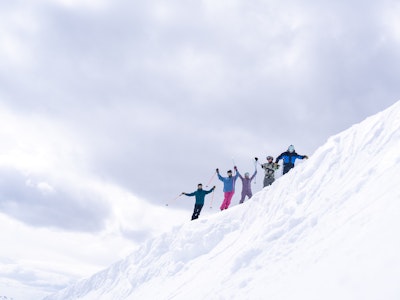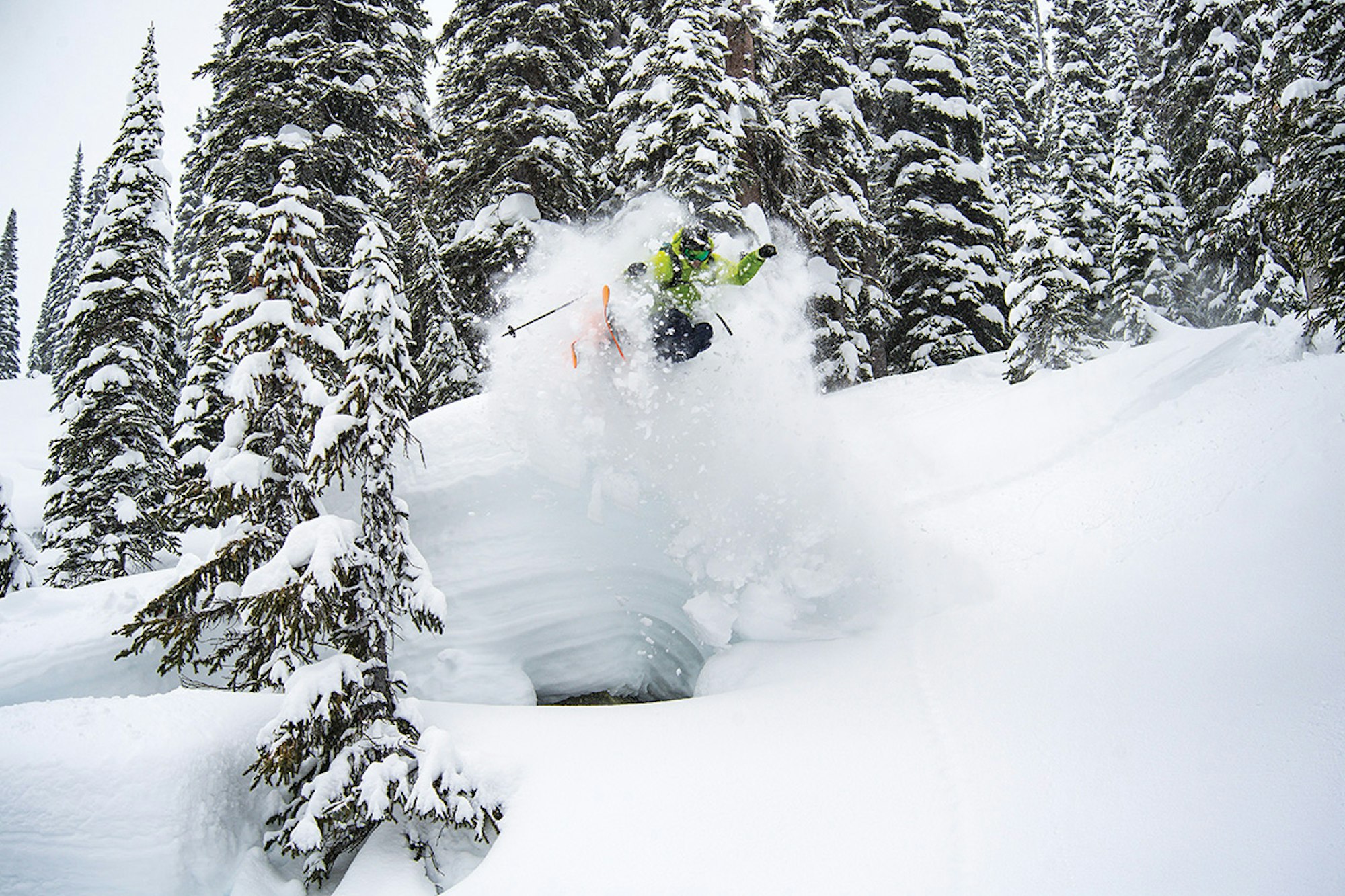

WORDS • ERIC HJORLEIFSON | PHOTOS • Eric Berger
There are few professional skiers that have spent as much time traveling in the backcountry as Eric Hjorleifson. In 2007, already a seasoned ski film veteran, “Hoji” pioneered the use of alpine touring equipment in freeride terrain in his segment from Matchstick Productions’ Seven Sunny Days. The Alberta native flowed down pillow lines, stomped huge airs and pushed the limit on Dynafit Radical touring bindings, a level of trust freeride skiers had yet to put into that kind of equipment. Since then, with advances in gear and an influx of information available via the internet, backcountry skiing has exploded among the recreational market. While it’s encouraging to see so many exploring this segment of skiing, it also opens the door for unprepared skiers to put themselves in harm’s way. Thankfully, Hoji has forgotten more from his time in the backcountry than most of us could ever hope to learn and was willing to share a few pointers with us to keep in mind as we head into the wilderness this winter.

Get to know your partners
Unless you’re into solo backcountry skiing (not usually recommended), knowing your ski partner(s) is one of the most important aspects of skiing away from the resort. Group dynamics, communication, decision-making, risk management and experience levels are all critical components of skiing in the backcountry. The better you know and trust the people you are with, the more likely you will have a great time and stay within your comfort level. Hang out away from the mountain, get to know each other and you’re likely to foster lifelong friendships.
Read the terrain
Terrain management and assessment is critical for skiing in the backcountry. Recognizing avalanche terrain and understanding the current snowpack and avalanche conditions will minimize your exposure to unnecessary hazards and can really keep you out of trouble.
Do your homework
Familiarize yourself with the snowpack history and avalanche problems it may present. Are there any persistent weak layers? What are they? What kind of terrain, elevations and aspects can they be found on? What has the weather been doing in the previous month(s)? Understanding the snowpack/avalanche problems before you head out is very important and can keep you out of trouble.
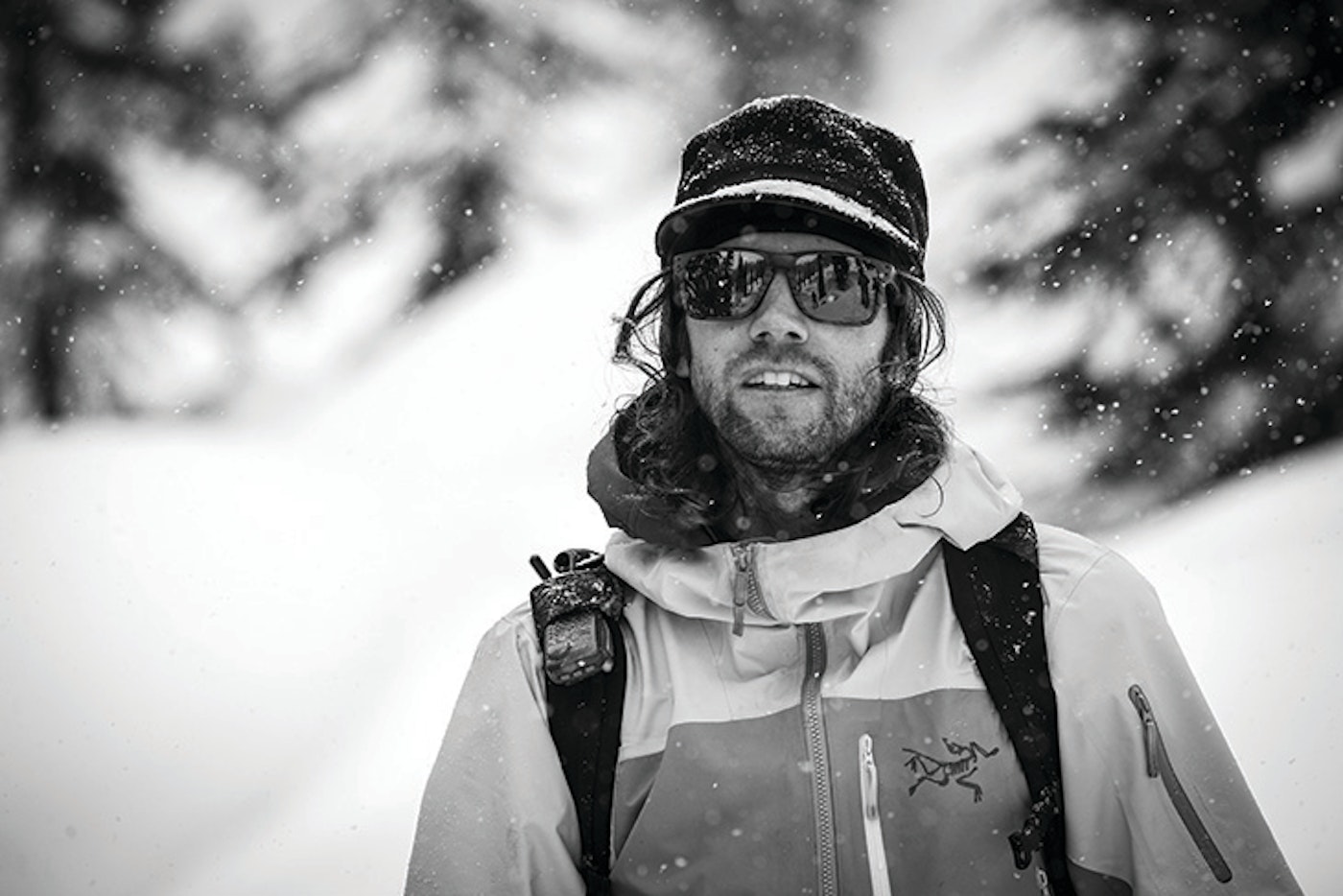
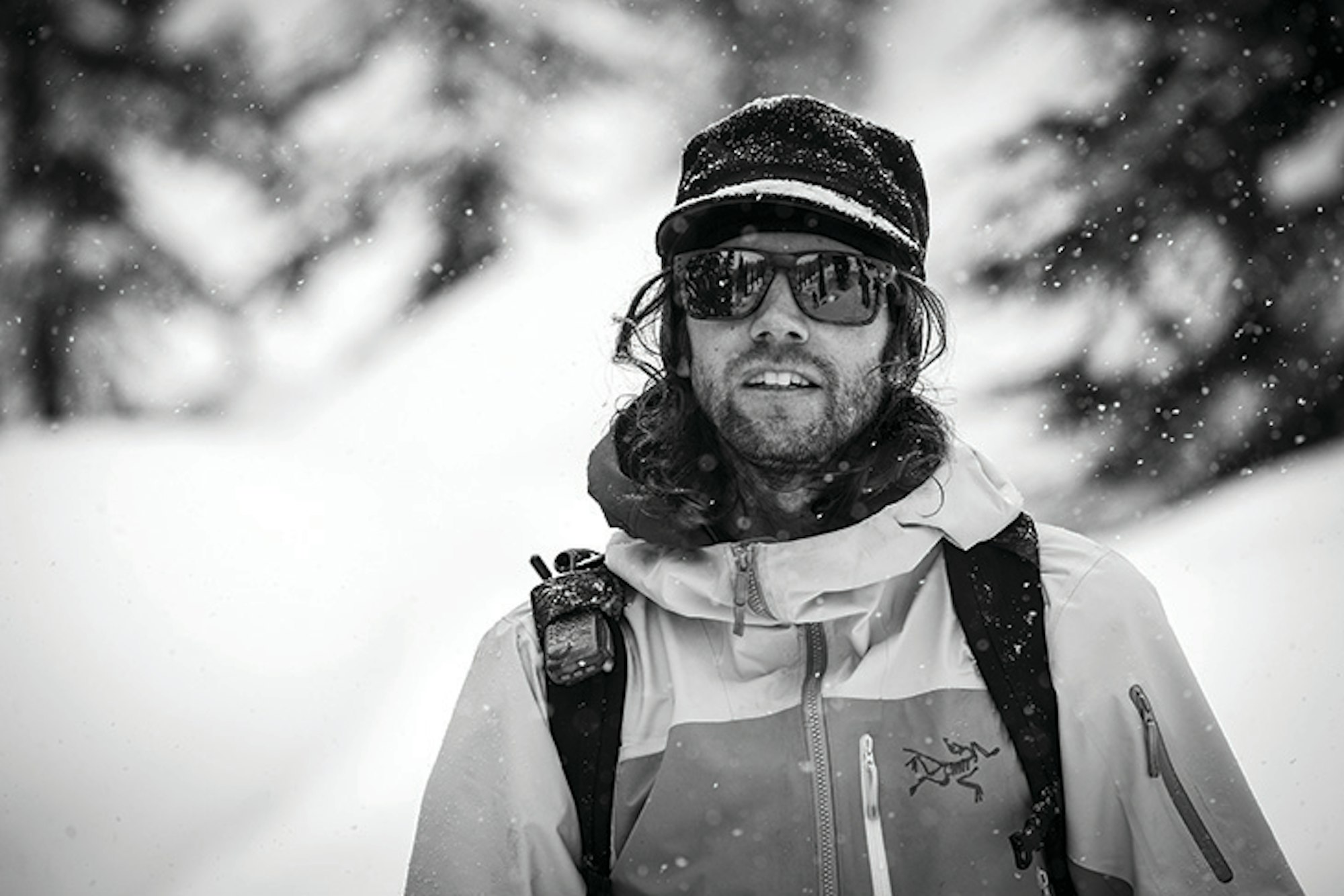
Have an exit strategy
Backcountry skiing is a condition-dependent sport; the longer you have skied in the backcountry the more this becomes apparent. I am personally against objective- or goal-oriented ski trips or day missions at this point in my career. I don’t like the mindset of, “We are going to ski that peak.” I prefer to go skiing in an area and see what is appropriate for the conditions we find. A lot of people get in trouble because they are too focused on a single objective or goal and, in my opinion, that isn’t the right approach to backcountry skiing. The mountain’s snowpack and weather conditions really determine what is reasonable for any given day. Always have a Plan B and keep in mind that a lot of lines, depending on their size and scope, may only be in skiable condition a handful of days (if at all) per season. Always be willing to back down, turn around or retreat if you do not feel comfortable. Be aware that this becomes increasingly more difficult depending on the amount of time and effort it takes to get to a line.
Start small
A very experienced and smart guide once told me to take small bites when it comes to skiing in a new area with new conditions. Start small, get a feel for the snow, familiarize yourself with the area and work your way up once you have gained relevant experiences regarding the current conditions.
Prepare for the worst
Be prepared and have a rescue plan. What kind of communication do you have with the outside world? How and who can you call for help if something bad happens? Are you really self-sufficient in an emergency rescue situation? These factors should be strongly considered when you make decisions as to what you want to achieve or where you want to ski.
Keep tabs on the weather
As much as I dislike weather forecasts, they are very useful tools when it comes to planning a day. Temperatures, wind and precipitation are all important factors to consider. Is it stormy? How much snow is predicted to accumulate? How hard and in what direction is the wind in the alpine blowing? If it is really stormy with low visibility and you have an emergency situation, is a rescue even possible? How cold is it? If someone gets injured, how long will you be able to keep them warm before the rescue situation becomes critical? You should consider these specific factors as you plan your day and then reassess them as the weather changes.
Hire a guide
I strongly recommend skiing with a certified ski guide at least once a season, and doing it early season can be the best way to get your head back into the game. If you can find a guide you like and develop a good relationship with, it can be the best way to expand your experience level. Practicing a comprehensive companion rescue with your group with certified guide supervision and instruction is a very good way to improve your skills and preparation.
Study your line choice
The better you understand, analyze and memorize the terrain you would like to ski, the better chance you will have at ripping your line. Never drop in blindly into complicated or difficult terrain. The more advanced the terrain, the more dangerous it usually is to hesitate or stop in. Recognizing safe zones where you can stop for an easy out if there is an avalanche is a key expert skill to help you stay out of trouble.
Minimize exposure
While in avalanche terrain, descend one skier at a time to minimize your exposure. Strong group dynamics and communication is the key. If at all possible, try to only expose one skier at a time and have a clear plan for regrouping points that are not exposed to an avalanche if something were to happen. Having a visual on the person skiing is also very good practice to utilize.
Learn more backcountry tips and tricks from athletes like Hoji at the 2020 Arc’teryx Backcountry Academy..
This story was produced in partnership with Arc’teryx.
This story originally appeared in FREESKIER 22.4, The Destination Issue.

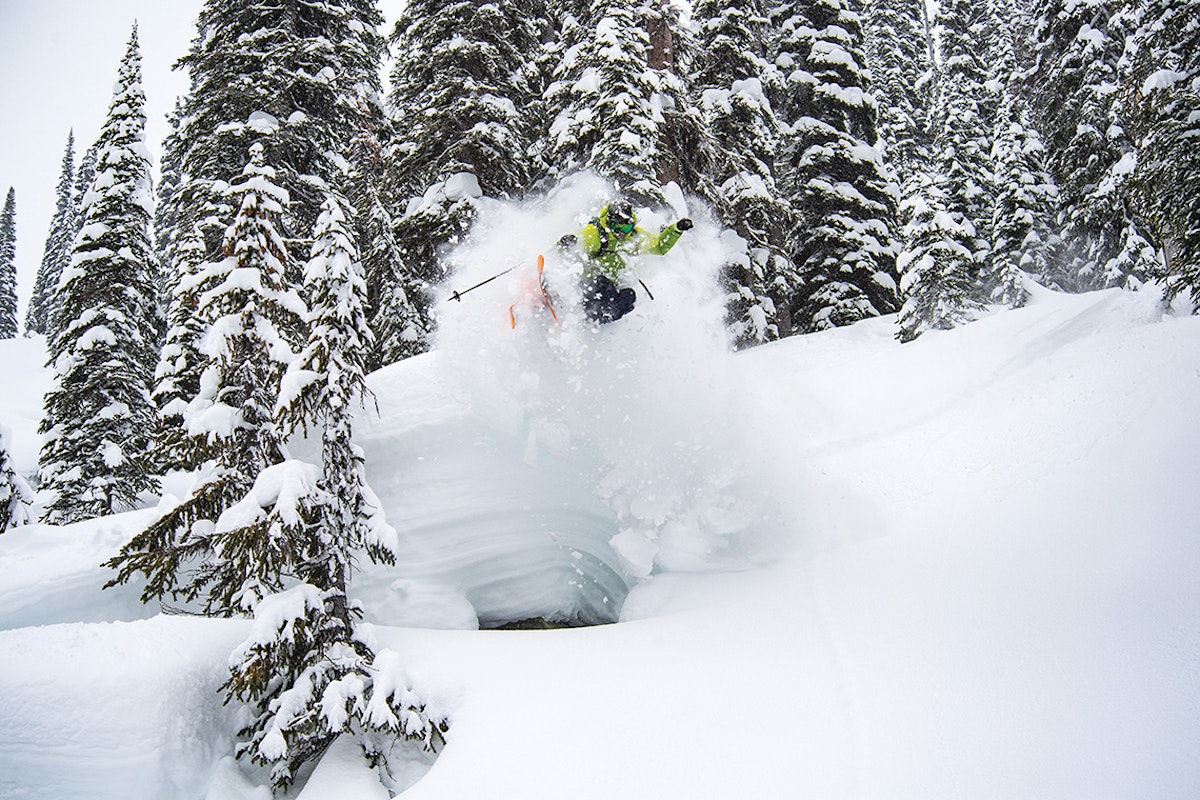

![[GIVEAWAY] Win a Legendary Ski Trip with Icelantic's Road to the Rocks](https://www.datocms-assets.com/163516/1765233064-r2r26_freeskier_leaderboard1.jpg?w=200&h=200&fit=crop)
![[GIVEAWAY] Win a Head-to-Toe Ski Setup from IFSA](https://www.datocms-assets.com/163516/1765920344-ifsa.jpg?w=200&h=200&fit=crop)

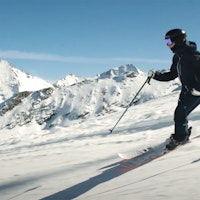
![[GIVEAWAY] Win a Legendary Ski Trip with Icelantic's Road to the Rocks](https://www.datocms-assets.com/163516/1765233064-r2r26_freeskier_leaderboard1.jpg?auto=format&w=400&h=300&fit=crop&crop=faces,entropy)


![[GIVEAWAY] Win a Head-to-Toe Ski Setup from IFSA](https://www.datocms-assets.com/163516/1765920344-ifsa.jpg?auto=format&w=400&h=300&fit=crop&crop=faces,entropy)



